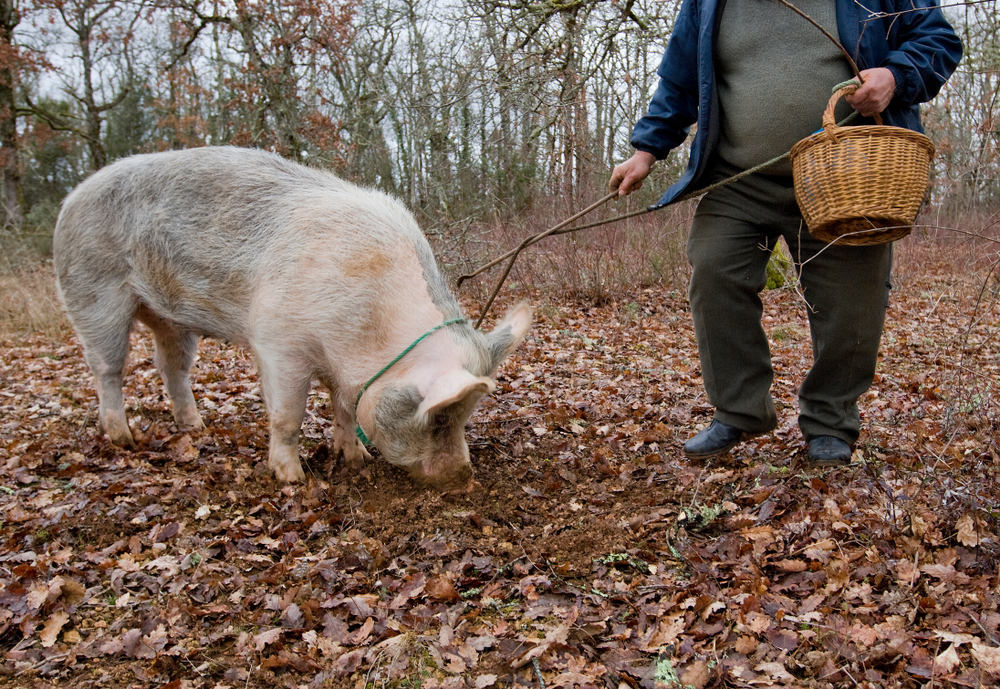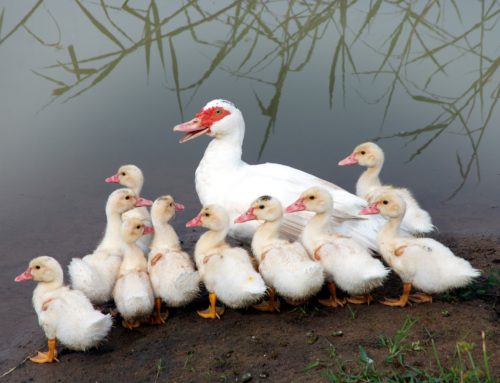
If you want to find truffles in the forest, it really helps to know what a truffle looks like.
Or smells like, if you’re a truffle-hunting pig (aka “truffle hog”).
Same with big ideas.
You probably won’t find one if you don’t know what one looks (or smells) like.
So what do you look for?
And how do you know when you find one?
First, a big idea should, as David Ogilvy said, “make you gasp” and capture the imagination.
It should inspire people to action – make them want to hear more, or buy what you’re selling.
A big idea should stir an emotion – anger, happiness, regret, guilt, joy.
Big ideas are a revelation. They open your eyes to seeing the world (or some small part of it) in a different way.
And finally, the best ideas are strong enough to serve as a solid FOUNDATION to easily build all or part of your copy on – and even weave through your copy to tie it together.
Two quick examples of how two different writers solved the same problem with different big ideas.
The challenge: How to promote a newsletter that has lots of remedies for lots of health problems.
Jim Rutz did it with the idea: “For Any Disease, There Is Somewhere in the World That It Simply Doesn’t Exist.”
My big idea was: “How to Fight Any Disease by Taking Advantage of Its Hidden Weakness.”
And both Jim and I built entire promotions around our ideas as the rest of the copy fell into place.
This is why any copywriter is only as good as their ideas.
Want better ones?
Take a look at this short video excerpt on how to come up with ideas – taken from my brand-new copywriting course.
And start coming up with bigger and better ideas right now.





Would be interested to get your thoughts on how “big tech” is affecting how you approach copy. Big ideas like the above wouldn’t make it passed their filters for sure.
Is this the end of “the big idea”?
We have to work within the constraints we’re faced with.
Fortunately, “big tech” also enables us to generate a lot of ideas and test them rapidly.
Hope that helps.